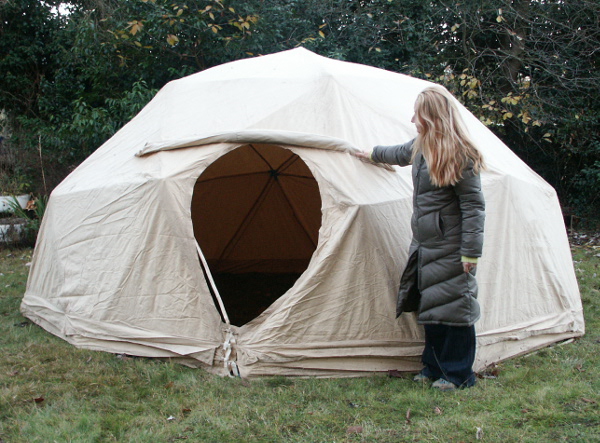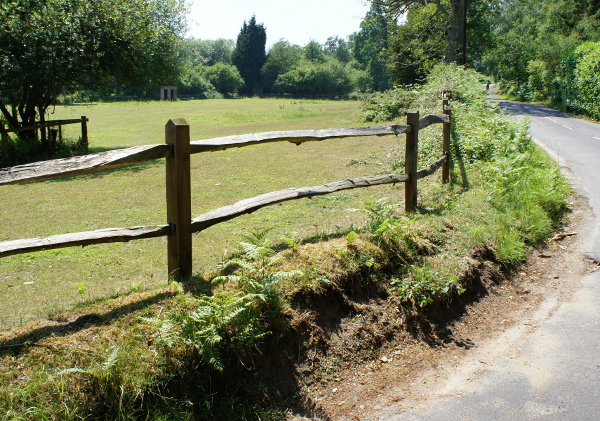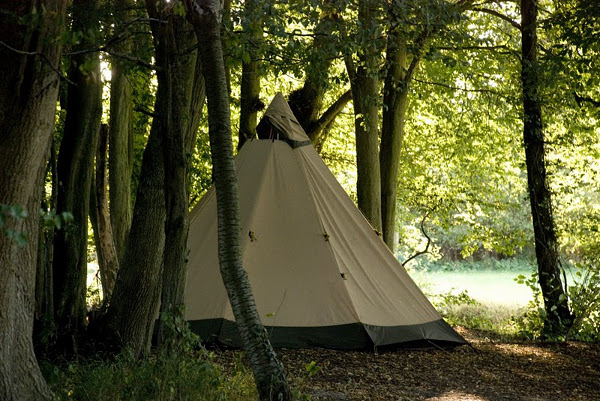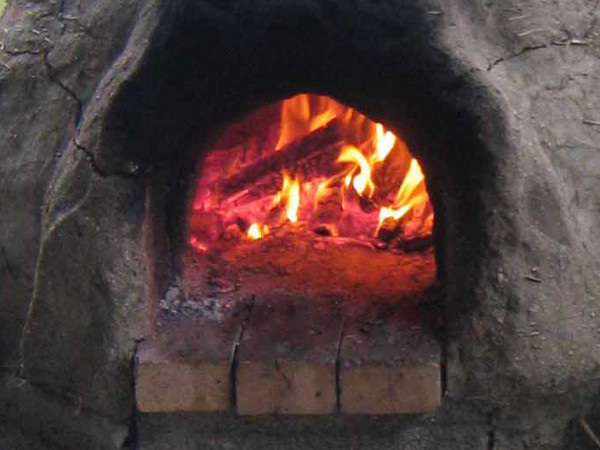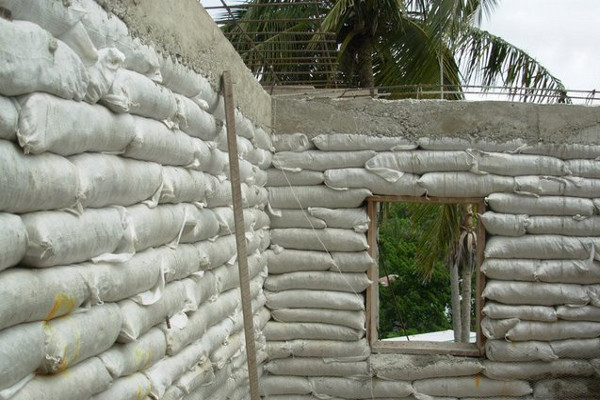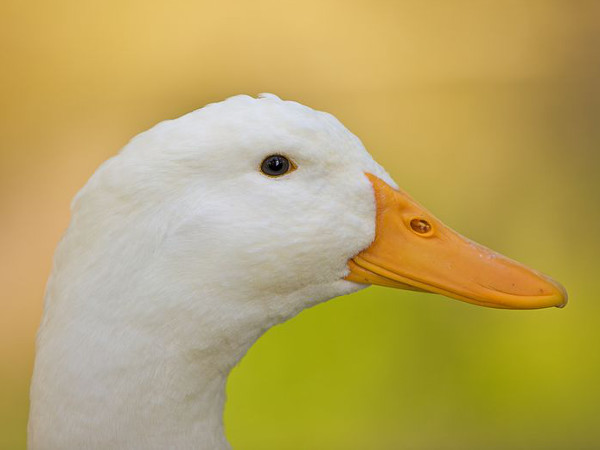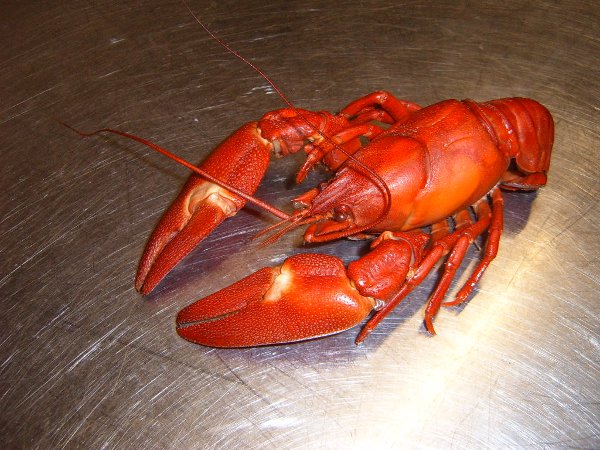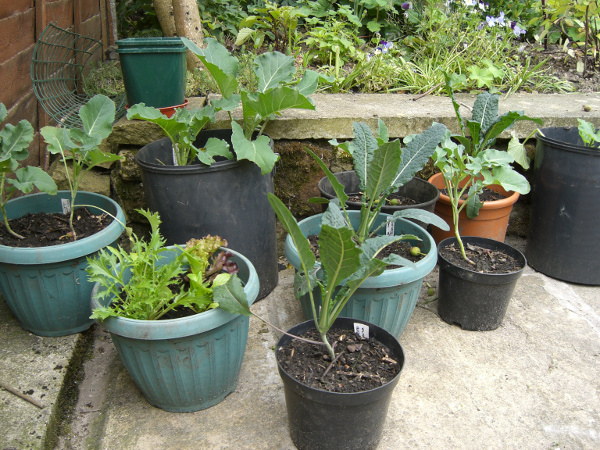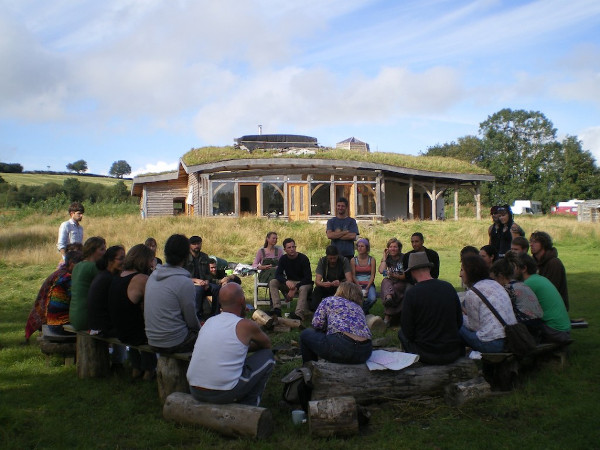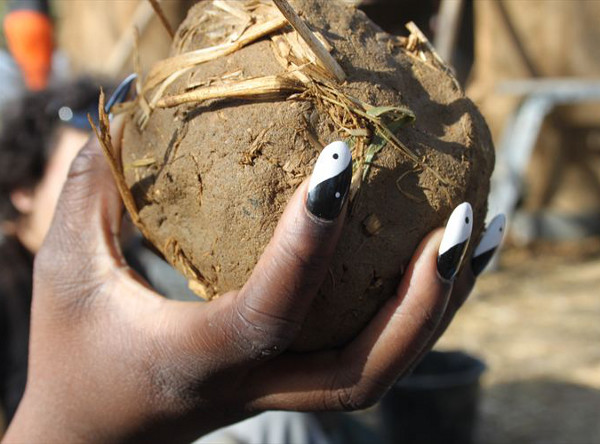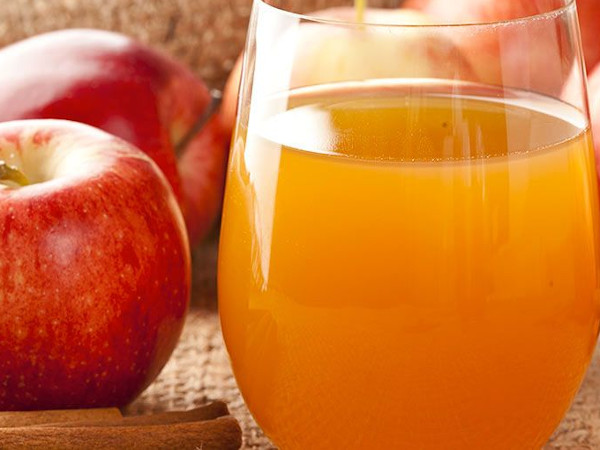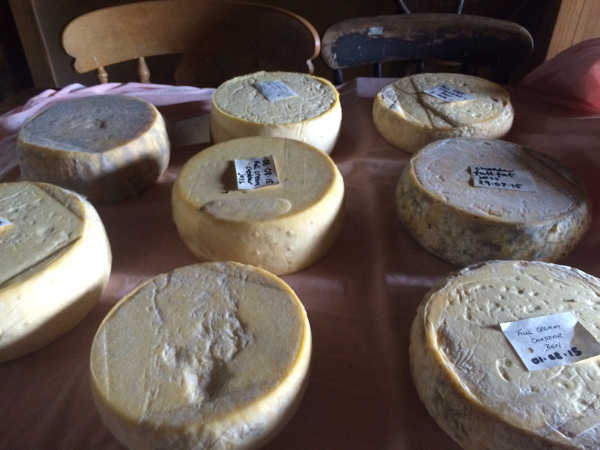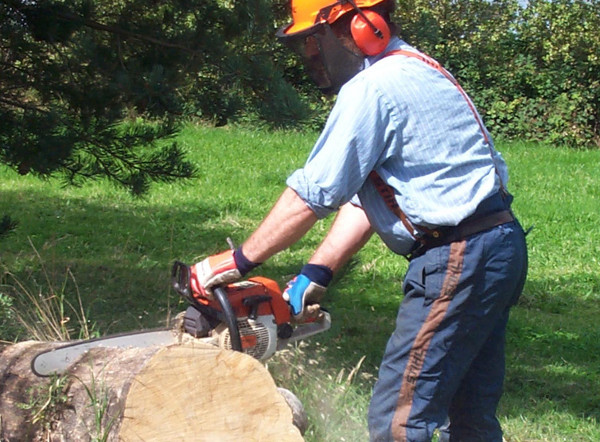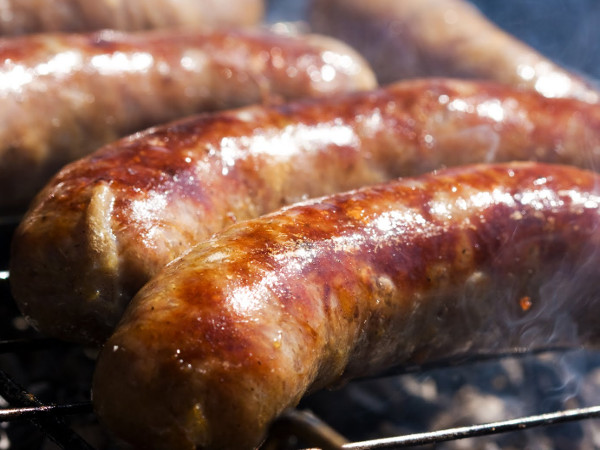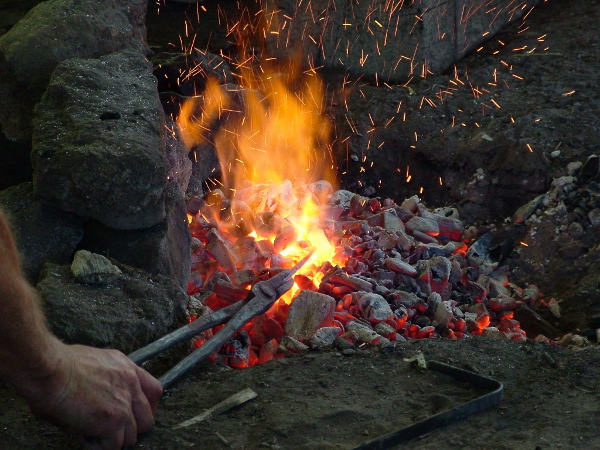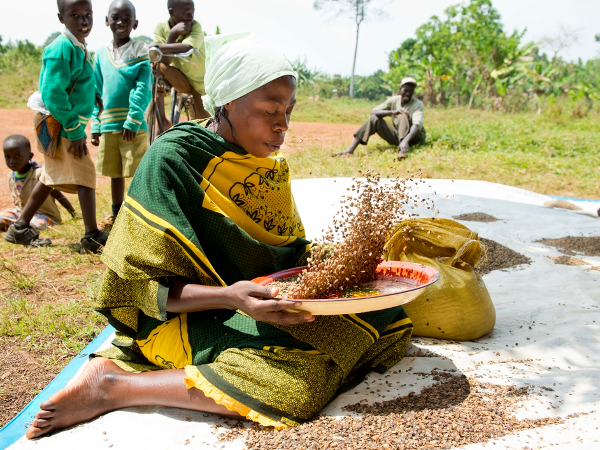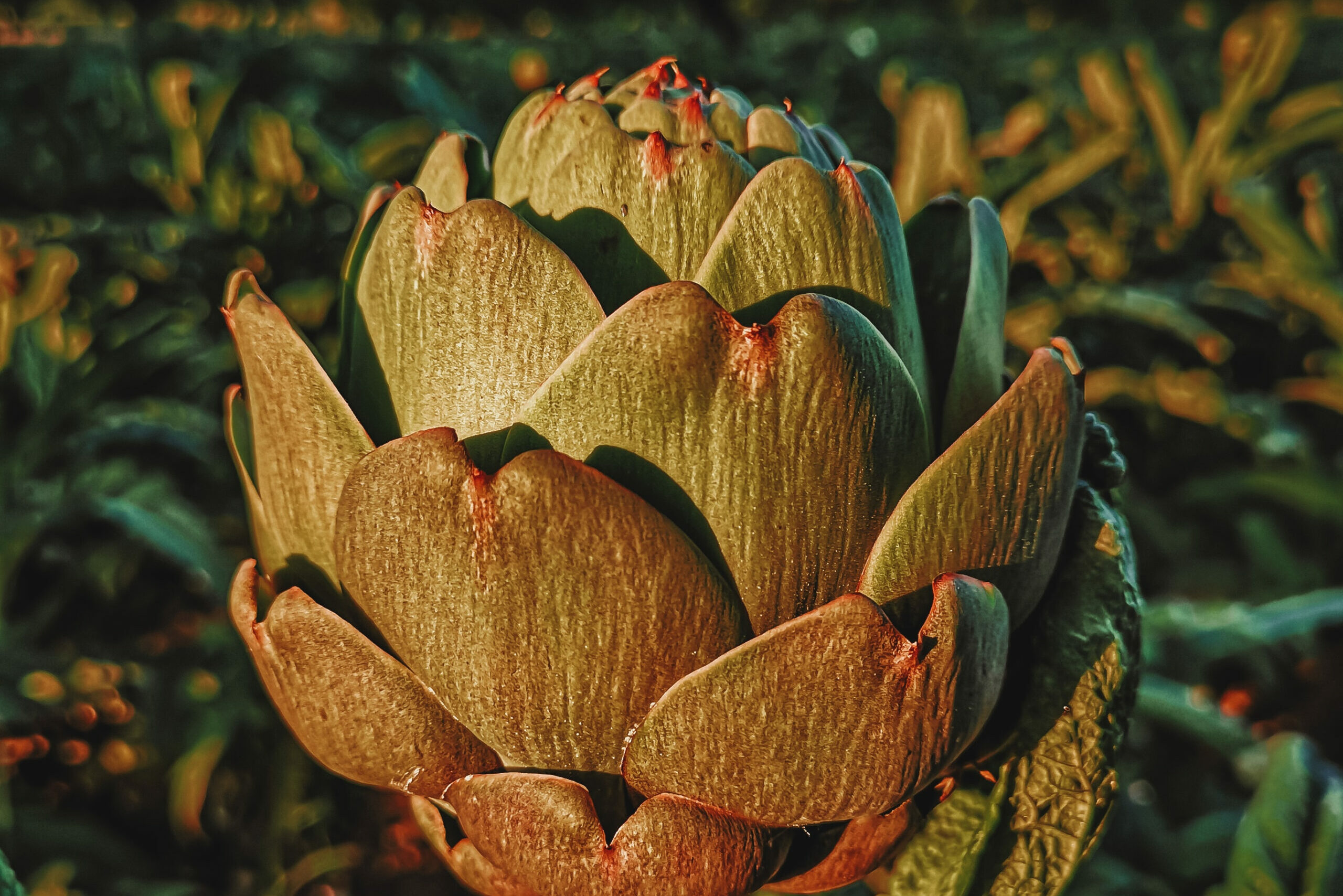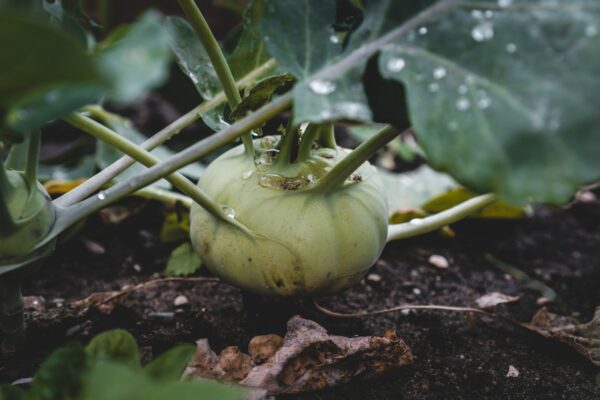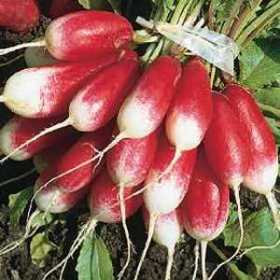Our people | Page
We’re a co-op, governed via a monthly meeting of all members. Dave Darby founded Lowimpact.org in 2001, spent 3 years on the board of the Ecological Land Co-op and is a member of the Credit Commons Society and Stroud Commons. His role is managing website content, blogging and fundraising. Dil Green was an architect and… Continue reading Our people Read more
How to grow spring onions | Page
Thanks to John Harrison of Allotment & Gardens Spring onions, also known as scallions, are very easily grown Salad onions, and provide a good substitute when bulb onions are not readily available. They are often overlooked in gardening books, possibly because they are really easy to grow, but they are useful in the kitchen and… Continue reading How to grow spring onions Read more
How to grow cauliflower | Page
Thanks to John Harrison of Allotment & Gardens Cauliflowers are not the easiest of brassicas to grow but I think they are probably the most satisfying. A beautifully formed cauliflower with tight curds is wonderful to see and producing it is a very satisfying. As well as white varieties you can get yellow and purple… Continue reading How to grow cauliflower Read more
How to grow celeriac | Page
Thanks to John Harrison of Allotment & Gardens Celeriac, a close relative to celery, is making a comeback with it’s very tasty root that is a wonderful addition to soups, stews, and raw in salads. And unlike celery, celeriac roots can be stored up to six months in proper conditions. It is not as fussy… Continue reading How to grow celeriac Read more
How to grow celery | Page
Thanks to John Harrison of Allotment & Gardens Celery is a mainstay flavouring vegetable as well as popular snack vegetable. With regular watering and weeding, celery is fairly easy to grow. The modern self-blanching varieties being a lot less trouble than older cultivars. Come autumn, if you still have extra plants, you can dig them… Continue reading How to grow celery Read more
How to grow chard | Page
Thanks to John Harrison of Allotment & Gardens How to Grow Swiss Chard – A Guide to Growing Swiss Chard (aka Chard, Silverbeet, Ruby Chard, Perpetual Spinach, Leaf Beet or Seakale Beet) Swiss Chard So many names for a crop that is so easy to grow. Chard is part of the chenopodiaceae family when it… Continue reading How to grow chard Read more
How to grow chicory | Page
Thanks to John Harrison of Allotment & Gardens Chicory is frequently used in an autumn or winter salad. It is an acquired taste; some people find it refreshingly tart, others find it too bitter. There are two main types: forcing (more popular and are said to taste better), and non-forcing (do not require blanching and… Continue reading How to grow chicory Read more
How to grow chilli peppers | Page
Thanks to John Harrison of Allotment & Gardens Chilli peppers are Capsicums. They grow well in a greenhouse or polytunnel, although they can be grown outside in a good summer in the milder South. They will also do well on a sunny window sill. The heat in peppers and chillies is measured in Scoville Heat… Continue reading How to grow chilli peppers Read more
How to grow courgettes / zucchinis | Page
Thanks to John Harrison of Allotment & Gardens Courgettes are one of the cucurbits which also include: marrows, squash and cucumbers and are grown in the same way. They are prolific croppers and are suitable for growing in containers. Courgettes may fail in poor weather if pollinating insects are few but the F1 hybrids will… Continue reading How to grow courgettes / zucchinis Read more
How to grow cucumbers | Page
Thanks to John Harrison of Allotment & Gardens Cucumbers are in the same family as marrows and squash, the cucurbits – cucurbits, members of the Cucurbitaceae Generally the result of feeding cucumbers with a tomato feed are acceptable but much better results can result from feeding with a more appropriate fertiliser. They crop heavily and… Continue reading How to grow cucumbers Read more
How to grow fennel | Page
Thanks to John Harrison of Allotment & Gardens Fennel, Common Fennel & Florence Fennel Fennel has two main types – common fennel, and florence fennel – which are not to be confused. Florence fennel is grown for its swollen bulb and eaten as a vegetable, whereas common (or sweet) fennel is a tall (up to… Continue reading How to grow fennel Read more
How to grow French beans | Page
Thanks to John Harrison of Allotment & Gardens There are dwarf and climbing varieties of French beans. You can grow them either to eat fresh, or to be dried and stored (often called haricot varieties). They are all members of the legume family. Climbing French beans are grown in the same way as runner beans,… Continue reading How to grow French beans Read more
How to grow garlic | Page
Thanks to John Harrison of Allotment & Gardens Garlic is a member of the onion family – the Alliums. It can be grown successfully in this country. You do need to start with good seed stock, as garlic bought in the supermarket is likely to have been grown in China or Spain, where the climate… Continue reading How to grow garlic Read more
How to grow globe artichoke | Page
Thanks to John Harrison of Allotment & Gardens Globe and Jerusalem artichokes share a name only. Jerusalem artichokes are grown for their potato-style roots; globe artichokes for their flower heads. The plants require some effort to grow, prepare and eat. Globe artichokes are a member of the thistle family and grow into extremely large plants… Continue reading How to grow globe artichoke Read more
How to grow Jerusalem artichoke | Page
Thanks to John Harrison of Allotment & Gardens In 1621 the writer John Goodyer wrote of the Jerusalem Artichoke, “…in my judgement, which way soever they be drest and eaten they stir up and cause a filthie loathsome stinking winde with the bodie, thereby causing the belly to bee much pained and tormented…. more fit… Continue reading How to grow Jerusalem artichoke Read more
How to grow kale | Page
Thanks to John Harrison of Allotment & Gardens Kale or Borecole as it was known is one of the easiest leafy brassicas to grow and it stands well in winter as one of the few fresh greens available on the plot. Kale isn’t a popular crop, many found the flavour bitter but more modern strains… Continue reading How to grow kale Read more
How to grow kohlrabi | Page
Thanks to John Harrison of Allotment & Gardens for this guide to growing kohlrabi. Kohlrabi originates in the middle east and came to Europe with Crusaders returning from the Holy Land. When we’ve been in French supermarkets we’ve seen Kohlrabi for sale but never in Britain. In fact, although most gardening books mention it, I’ve… Continue reading How to grow kohlrabi Read more
How to grow land cress | Page
Thanks to John Harrison of Allotment & Gardens Land cress is a fast-growing substitute for water cress, with a similar taste, smaller leaf and a long cropping period – over the winter if desired. Recommended Varieties of Land Cress Widely available, called “Land cress” or “American Land cress” Pests and Problems affecting Land Cress There… Continue reading How to grow land cress Read more
How to grow leeks | Page
Thanks to John Harrison of Allotment & Gardens Leeks are very hardy member of the onion family and are grown to gigantic sizes for showing, particularly in the North East of England. But smaller plants are tastier and more tender for cooking Leeks are less demanding to grow than onions but they need very careful… Continue reading How to grow leeks Read more
How to grow lettuce | Page
Thanks to John Harrison of Allotment & Gardens Lettuce is an easy plant to grow almost all year-round (under cover during colder months). It can be grown in pots and window boxes as well as the open ground, and is generally happy at close spacings. Some varieties are pretty enough to go in the ornamental… Continue reading How to grow lettuce Read more
How to grow marrows | Page
Thanks to John Harrison of Allotment & Gardens Marrows are cucurbits (the same family as courgettes, squash and cucumbers). There is almost no difference betrween marrows and courgettes – just leave a courgette to grow and you have a marrow. The difference is the varieties are bred for purpose. Sowing and Growing Marrow Marrows are… Continue reading How to grow marrows Read more
How to grow onions | Page
Thanks to John Harrison of Allotment & Gardens Onions are the most valuable, yet underrated, vegetable partly due to the bland taste of shop varieties. Home gardeners can choose from a wide variety of onions to suit their taste, from very mild to eye-watering strong. You can also choose particular colours, size, and onions for… Continue reading How to grow onions Read more
How to grow pak choi | Page
Thanks to John Harrison of Allotment & Gardens Pak Choi is a quick, easy crop to grow . It is also called Chinese Cabbage (or Chinese Leaves) and is part of the wider brassica family, but looks more like some of the lettuces. The crisp leaves are slightly mustardy in taste. Recommended Varieties of Pak… Continue reading How to grow pak choi Read more
How to grow parsnips | Page
Thanks to John Harrison of Allotment & Gardens Parsnip seed does not store beyond a year, so discard any seeds you don’t use after opening the packet. Suitable for container growing in large pots or tubs, or in borders as long as the soil is not too heavy. Choose varieties bred for close spacing. The… Continue reading How to grow parsnips Read more
How to grow peas | Page
Thanks to John Harrison of Allotment & Gardens One of the oldest known vegetables, humans have been eating peas for thousands of years. Freshly picked peas are incredibly sweet – but eat them quickly, the natural sweetness converts to starch quite quickly after they’ve been picked. They are closely sown so are good grown in… Continue reading How to grow peas Read more
How to grow peppers / capsicum | Page
Thanks to John Harrison of Allotment & Gardens Capsicum is another name for both sweet, bell-shaped peppers and hot chilli peppers. In the UK, sweet peppers are normally a greenhouse crop although in a good summer it is possible to grow them outdoors or in pots. Varieties of Pepper A particular favourite sweet pepper is… Continue reading How to grow peppers / capsicum Read more
How to grow potatoes | Page
Thanks to John Harrison of Allotment & Gardens Potatoes are unusual in the vegetable world in that they actually do better with a pH between 5.5 and 6.0 against the preferred 6.5 to 7.0 of most else. Apart from anything else the somewhat acid soil deters a disease called common scab that likes dry, alkaline… Continue reading How to grow potatoes Read more
How to grow pumpkins | Page
Thanks to John Harrison of Allotment & Gardens In April, take a seed and gently file it along the edges so that it will be easier for it to break through when it germinates. You can start them off by placing between some damp (not wet) paper towel, or sow direct in a 5 litre… Continue reading How to grow pumpkins Read more
How to grow radishes | Page
Thanks to John Harrison of Allotment & Gardens Summer radishes can be ready to harvest in as little as 18 days from sowing (20-30 days is more usual). They are easy to grow, making them ideal for children to sow and see very fast results. Once they can see the magic of gardening they will… Continue reading How to grow radishes Read more
How to grow rocket | Page
Thanks to John Harrison of Allotment & Gardens Rocket is a hardy salad leaf, producing a good crop of peppery leaves. It is quick and easy to grow in pots or in the soil, and in a frame or greenhouse for clean winter salad. Sowing and Growing Rocket Rocket will grow in any reasonable, well… Continue reading How to grow rocket Read more
How to grow Romanesco | Page
Thanks to John Harrison of Allotment & Gardens Romanesco has aspects of both calabrese and cauliflower; it dates from 500 years ago in Italy and was originally called Romanesco broccoli. Sometimes it is also called broccoflower – but this name is used more widely to describe all green-coloured cauliflower varieties. It has unusual spiral, lime-green… Continue reading How to grow Romanesco Read more
How to grow runner beans | Page
Thanks to John Harrison of Allotment & Gardens Runner Beans are a worthwhile crop, one of the most productive and pretty crops for small spaces. In fact they were first grown for their flowers in Britain and people thought the beans were poisonous! Members of the legume family, they produce their own nitrogen, although they… Continue reading How to grow runner beans Read more
How to grow salsify | Page
Thanks to John Harrison of Allotment & Gardens Salsify is a root crop very rarely seen in the shops because it’s not commonly known nowadays and so not popular. Yet the flavour of salsify is considered far superior to that of parsnips which it resembles, although a thinner root. Salsify is often referred to the… Continue reading How to grow salsify Read more
How to grow scorzonera | Page
Thanks to John Harrison of Allotment & Gardens Scorzonera is a root crop which was well known and popular in the Victorian garden. It is very rarely seen in the shops because it’s not commonly known nowadays and so not popular. Yet the flavour of Scorzonera is considered superior to that of parsnips which it… Continue reading How to grow scorzonera Read more
How to grow shallots | Page
Thanks to John Harrison of Allotment & Gardens Shallots have a reputation as a gourmet vegetable, prized by chefs for their mild flavour although there is nearly as much variation between varieties as there is with onions. In some ways shallots are easier to grow than onions and have a big advantage in that they… Continue reading How to grow shallots Read more
How to grow spinach | Page
Thanks to John Harrison of Allotment & Gardens True spinach is a bit more demanding to grow in its need for cooler weather than perpetual spinach but its taste is superior. The gardener can grow it as a main crop or pick it young for use as baby salad leaves. Spinach grows well in containers… Continue reading How to grow spinach Read more
How to grow mint | Page
Thanks to John Harrison of Allotment & Gardens Mint has to be one of the easiest plants to grow in the garden. You can start from seed but usually it’s purchased as a plant and grown on. It’s very tolerant and grows in full sun, partial shade and hardier varieties in full shade. Place in the… Continue reading How to grow mint Read more
How to grow oregano | Page
Most people confuse oregano and marjoram. The main difference is that marjorams available in the UK are usually tender varieties of oregano and need to be treated as annuals; plants described as oregano are hardier so are grown as perennials and they have a stronger flavour Oregano thrives on neglect so is very easy to… Continue reading How to grow oregano Read more
How to grow parsley | Page
Thanks to John Harrison of Allotment & Gardens There are two main types of parsley, flat leaved and curly leaved. It is thought that due to the similarity between flat leaved parsley and the poisonous weed fool’s or dog parsley (a member of the hemlock family) the curly leaved varieties were developed . Parsley will happily… Continue reading How to grow parsley Read more
How to grow rosemary | Page
Thanks to John Harrison of Allotment & Gardens This aromatic leaved shrub can be grown in a pot but prefers a sunny spot in a border. Rosemary works particularly well with lamb and a few sprigs thrown onto the barbeque will fill the air with its distinctive scent . You can buy pot grown rosemary shrubs… Continue reading How to grow rosemary Read more
How to grow sage | Page
Thanks to John Harrison of Allotment & Gardens Sage was used as a medicinal herb by the Romans and even today there are claims that it enhances memory performance and even claims it is helpful in treating the symptoms of Alzheimer’s Disease. It is best known as a culinary herb and everyone knows the distinctive flavour… Continue reading How to grow sage Read more
How to grow sorrel | Page
Thanks to John Harrison of Allotment & Gardens Sorrel has never been a very popular culinary herb in Britain. Possibly there’s a clue in the name which is derived from the French for sour. However, it’s recently developed a bit of a reputation as a gourmet ingredient. The flavour is very acidic, almost lemon. It’s a… Continue reading How to grow sorrel Read more
How to grow tarragon | Page
Thanks to John Harrison of Allotment & Gardens Tarragon is widely used in French cuisine but is less well known in the UK. Tarragon vinegar and the fresh herb are vital for an authentic Sauce Bearnaise. It’s often used in chicken dishes and egg dishes. Tarragon is a perennial related to Wormwood. There are two varieties… Continue reading How to grow tarragon Read more
How to grow thyme | Page
Thanks to John Harrison of Allotment & Gardens I like to think of Thyme as being as vital to traditional British cuisine as tarragon is to French. It’s a versatile herb used to enhance everything from stuffings to soups and stews to omelettes and scrambled eggs. There are many varieties of thyme available but they all… Continue reading How to grow thyme Read more
Compost toilets course | Page
Introduction 1. Introduction (pdf) 2. Introduction (video) 3. What is a compost toilet? Components (pdf) 4. Decomposition (pdf) 5. Carbon:nitrogen ratio (pdf) 6. Pathogens / hygiene (pdf) 7. A bit of history (pdf) Examples of toilets 8. Basic bucket toilet system (pdf) 9. Basic bucket toilet system (video) 10. First Vallis Veg toilet (pdf) 11.… Continue reading Compost toilets course Read more
Weaving course | Page
Part 1: Introduction 1. Meet your tutor (pdf) 2. Introduction (pdf) 3. Meet your tutor (video) 4. Introduction (video) Part 2: Simple frame looms 5. Weaving on a simple frame loom (pdf) 6. The Dinky loom (video) 7. How to change colour (video) 8. Changing to a smaller needle (video) 9. Finishing on a Dinky… Continue reading Weaving course Read more
Solar electricity course | Page
Part 1: Introduction 1. Introduction (pdf) 2. Introduction (video) 3. Why and wherefore: cost-effectiveness, system choice, requirements & size, site, grants (pdf) Part 2: Components and installation 4. System components: quality, panels, batteries, charge controller, rectifier, inverter, meters, fuses, other electrical components (pdf) 5. Panels: different types, orientation, inclination, roof, ground, pole and wall mounting,… Continue reading Solar electricity course Read more
Spinning course | Page
2. Meet your tutor (video) 3. Introduction (pdf) 4. Introduction to spinning (video) 5. Fibre (pdf) 6. Pre-drafting (video) 7. Spindles (pdf) 8. Spindles (video) 9. How to spin on a high top spindle (pdf) 10. How to twirl the spindle (video) 11. How to spin on a spindle (video) 12. Joining the yarn on… Continue reading Spinning course Read more



